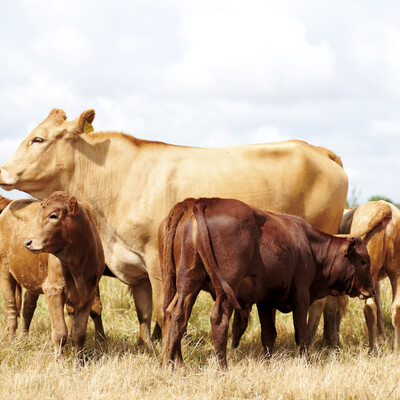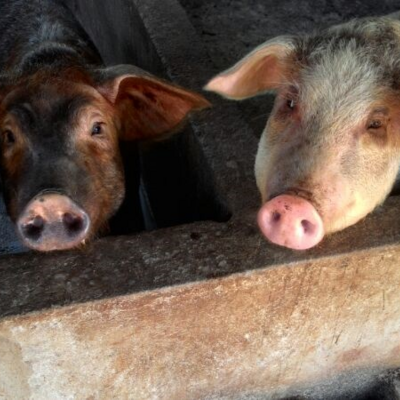

New GBADs report shows the critical role of Ethiopia's camels in sustaining pastoral communities and the national economy
In the vast, arid landscapes of Ethiopia, camels are more than just animals; they are the lifeblood of pastoral communities. These resilient creatures, capable of thriving where few others can, have become indispensable in regions where water is scarce, feed is limited, and droughts are frequent.
A newly published report by the Global Burden of Animal Diseases (GBADs) project examines the current production and economic status of the camel population in Ethiopia.
This detailed analysis provides valuable data on the state of Ethiopia's camel population, offering insights into their population distribution, productivity, health challenges and economic contribution.
Ethiopia's camel population has seen significant growth in recent years, rising from 7.7 million in 2019 to over 8.1 million in 2020. This increase is a testament to the adaptability of pastoral households, who have increasingly turned to camels as a reliable source of sustenance in the face of changing climatic conditions.
With 60% of Ethiopia's land being lowland areas well-suited for camel rearing, the potential for further growth is considerable. Interestingly, camel herding has expanded into regions traditionally dominated by cattle, such as Oromia and southern Ethiopia.
Camel milk is increasingly becoming part of the dairy value chain in Ethiopia, valued both for its nutritional and medicinal benefits, reaching larger urban centres like Adama and Addis Ababa.
Despite their slow breeding rates, with herd growth averaging 5–10% annually, camels are increasingly favoured by pastoralists. Female camels typically first give birth between the ages of 47 and 68 months, with calving intervals of 18–26 months. While a breeding female is expected to produce 2.5 to 3.5 calves in her lifetime, earlier studies have sometimes overestimated this figure, not accounting for early culling.
Camels, originally domesticated for food production in arid regions, are highly productive animals. On average, they produce four litres of milk daily, amounting to 1,500 litres per lactation period. Despite the harsh environments they inhabit, Ethiopia's camel milk production in 2020 was estimated at 2.43 million tonnes.
While camel meat is not the primary focus of camel rearing, it still contributes significantly to the economy. With an average live body weight of almost 400 kg and a dressing percentage of 53%, camels are valuable for meat production, though their late maturation presents challenges. Annual meat production from camels is estimated at 24,888 tonnes, contributing to a national gross offtake value of approximately USD 380 million.
However, camels in Ethiopia face numerous health challenges. These range from infections and nutritional deficiencies to physical trauma. Major diseases affecting camels include trypanosomiasis, camel pox, respiratory infections, mastitis, and various parasitic infestations as well as unknown camel diseases. Additionally, zoonotic diseases such as rabies, anthrax, brucellosis and tuberculosis pose risks to both camels and humans.
Despite their importance, camels are often overlooked in national animal health programs, receiving limited veterinary care and vaccinations. This neglect, partly due to their status as pastoral animals in remote areas, leaves many health issues among camels poorly understood, with sudden deaths often remaining a mystery.
For pastoral communities, camels are more than just livestock; they are central to their way of life. Camels provide milk, meat, transportation and income, and also play significant cultural roles, such as being part of the bride price or being used in blood compensation. Women are particularly important in the camel milk supply chain, using the income from milk sales to support their households.
‘The camel milk market in Ethiopia faces challenges, including inadequate standardization, quality control issues, adulteration and seasonal price fluctuations. Traditional marketing practices, along with a lack of cooling and storage facilities, further constrain the sector,’ says Theo Knight-Jones, principal scientist and team leader for herd health.
The GBADs report, led by Bekele Megersa of Addis Ababa University College of Veterinary Medicine and Agriculture and published on 30 July 2024, highlights the vast potential for improving camel production and marketing in Ethiopia.
Addressing constraints such as feed and water scarcity, disease burden and inadequate veterinary services could significantly enhance camel productivity and economic contribution. Furthermore, integrating camels more comprehensively into national research and development agendas is crucial for unlocking their full potential.
‘Investing in better healthcare, disease management and infrastructure for milk processing and storage could transform the camel sector. Such initiatives would not only boost the livelihoods of pastoral communities but also strengthen Ethiopia's national economy, particularly through increased exports of camel products,’ the report says.
Camels are indispensable to Ethiopia's pastoral communities, offering resilience in the face of climate change and resource scarcity. The GBADs report provides a critical synthesis of current knowledge on camel demographics, productivity and challenges, offering a roadmap for future research and development.
By harnessing the opportunities presented by camels and addressing existing constraints, Ethiopia can ensure sustainable growth and improved livelihoods for its pastoral communities.
You may also like

ILRI News
ILRI trains regional livestock officers in Ghana on the interface for Marek’s Disease Economic Impact and Trade-off (i-MaDE-IT).
ILRI News
ILRI highlights One Health and climate-smart livestock systems at the 3rd GMS Agriculture Ministers' Meeting in Kunming, China
ILRI News
Refining the Rift Valley fever (RVF) decision support tool: A collaborative step towards proactive response in East Africa
Related Publications
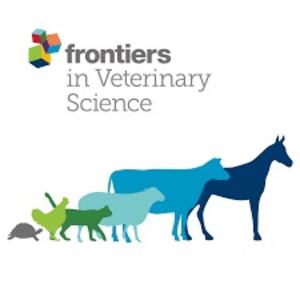
A framework for quantifying the multisectoral burden of animal disease to support decision making
- Lysholm, Sara
- Chaters, G.L.
- Di Bari, C.
- Hughes, E.C.
- Huntington, B.
- Rushton, J.
- Thomas, Lian F.
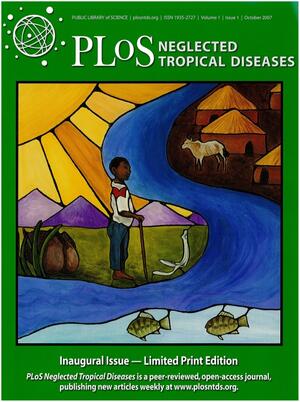
Longitudinal observational (single cohort) study on the causes of trypanocide failure in cases of African animal trypanosomosis in cattle near wildlife protected areas of Northern Tanzania
- Richards, Shauna
- Pagnossin, D.
- Buyugu, P.S.
- Manangwa, O.
- Mramba, F.
- Sindoya, E.
- Paxton, E.
- Torr, S.J.
- Ritchie, R.
- Rossi, G.E.
- Anyanwu, Lawrence N.
- Barrett, M.P.
- Morrison, L.J.
- Auty, H.

Dog demography and ecology with reference to rabies in the Amhara region, Ethiopia
- Adnie, L.Y.
- Jemberu, Wudu T.
- Woreta, A.B.
- Berju, A.
- Mengistu, A.
- Wondie, Z.T.
- Molla, W.
- Mekonnen, S.A.
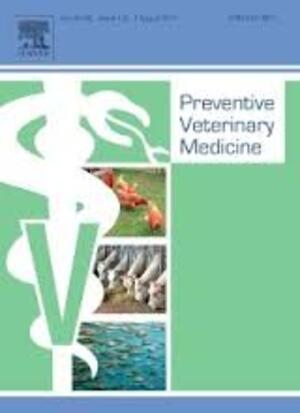
Economic assessment of animal disease burden in Senegalese small ruminants
- Meyer, Anne
- Ndiaye, Bakary
- Larkins, Andrew
- Chaters, G.
- Gilbert, W.
- Huntington, Benjamin
- Ilboudo, Guy S.
- Dione, Michel M.
- Jemberu, Wudu T.
- Diouf, M.N.
- Fall, A.G.
- Fall, M.
- Lo, M.
- Rushton, Jonathan

Ubushikiranganji bw’ibidukikije, uburimyi n’ubworozi: gukinga ingwara y’umupfube w’inka hakoreshejwe urucanco cocktail muguga
- International Livestock Research Institute
- International Institute of Tropical Agriculture
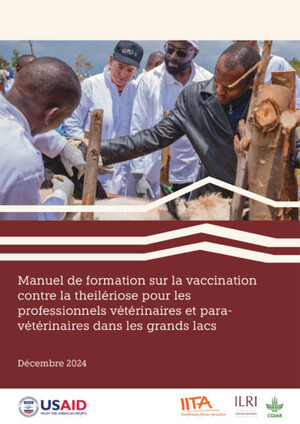
Manuel de formation sur la vaccination contre la theilériose pour les professionnels vétérinaires et para- vétérinaires dans les grands lacs
- Ntirandekura, J.B.
- Nimbona, C.
- Ndayikengurukiye, E.
- Nkurunziza, S.
- Ahimpera, F.
- Butoyi, M.
- Muhigirwa, S.V.
- Sanvura, V. de P.
- Tango, T.
- Muntuokwindi, D.
- Bimenyimana, Alain V.






